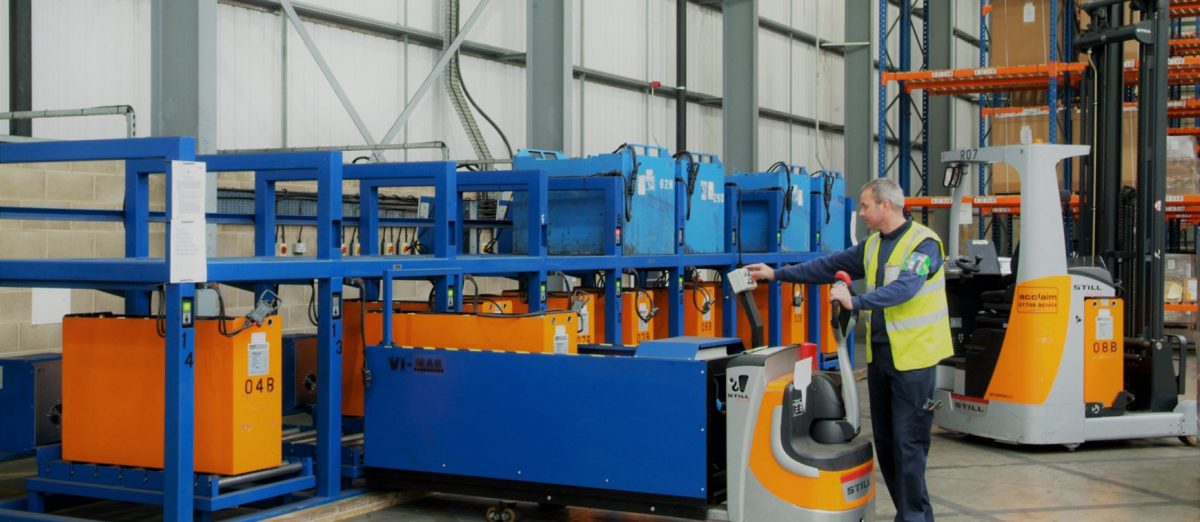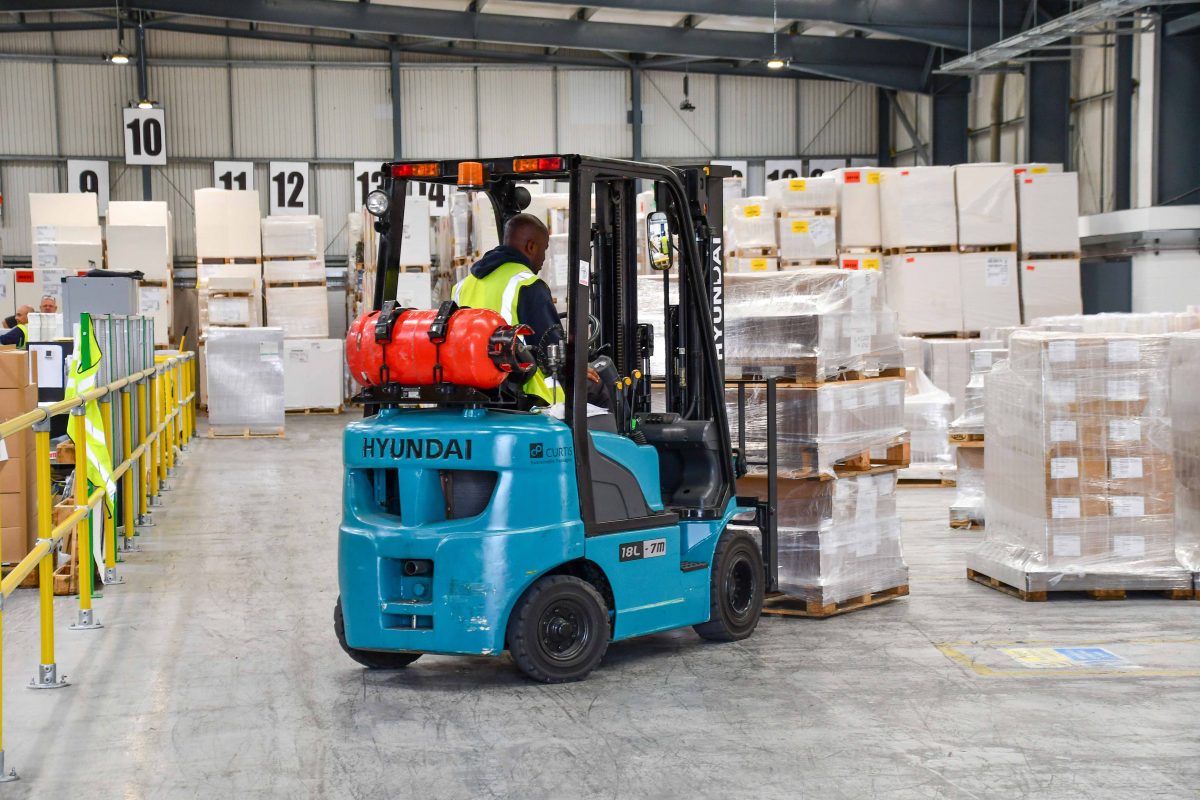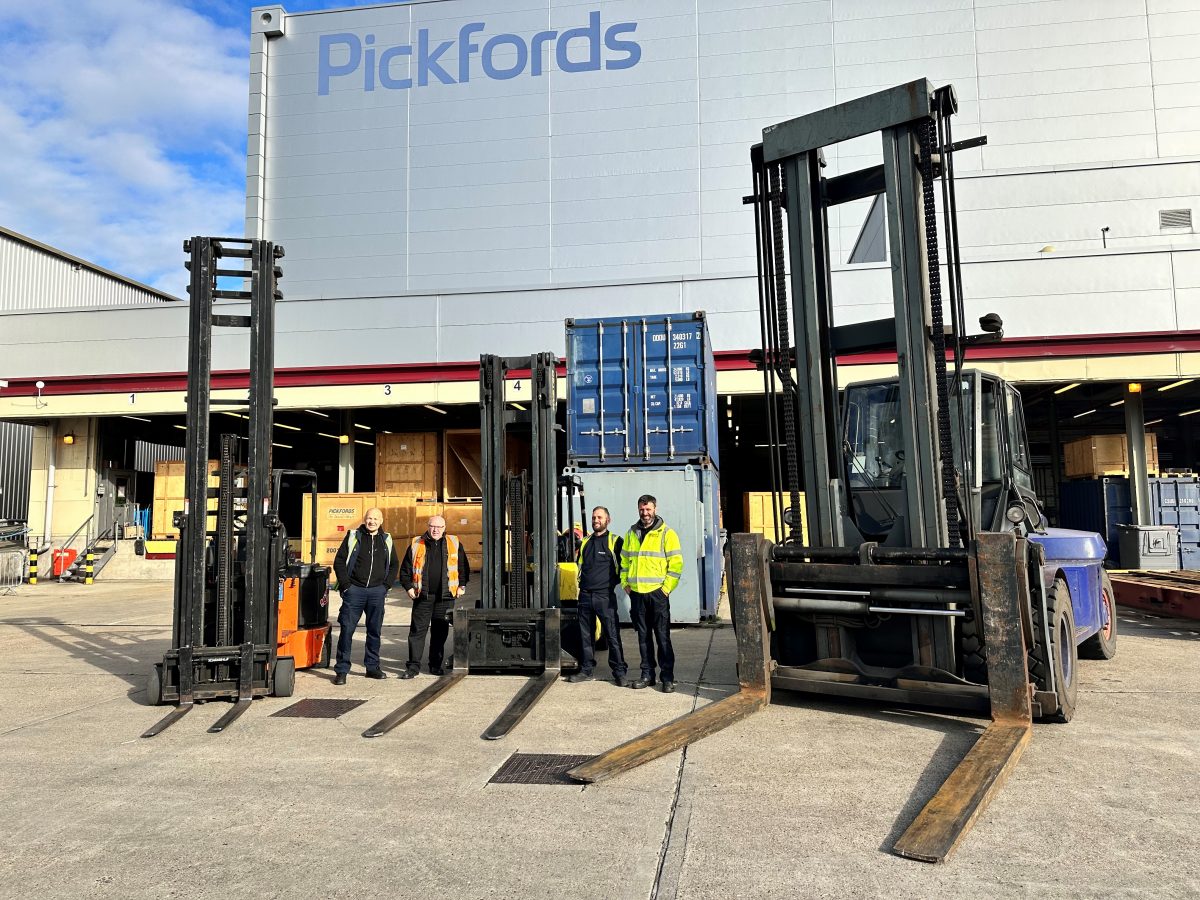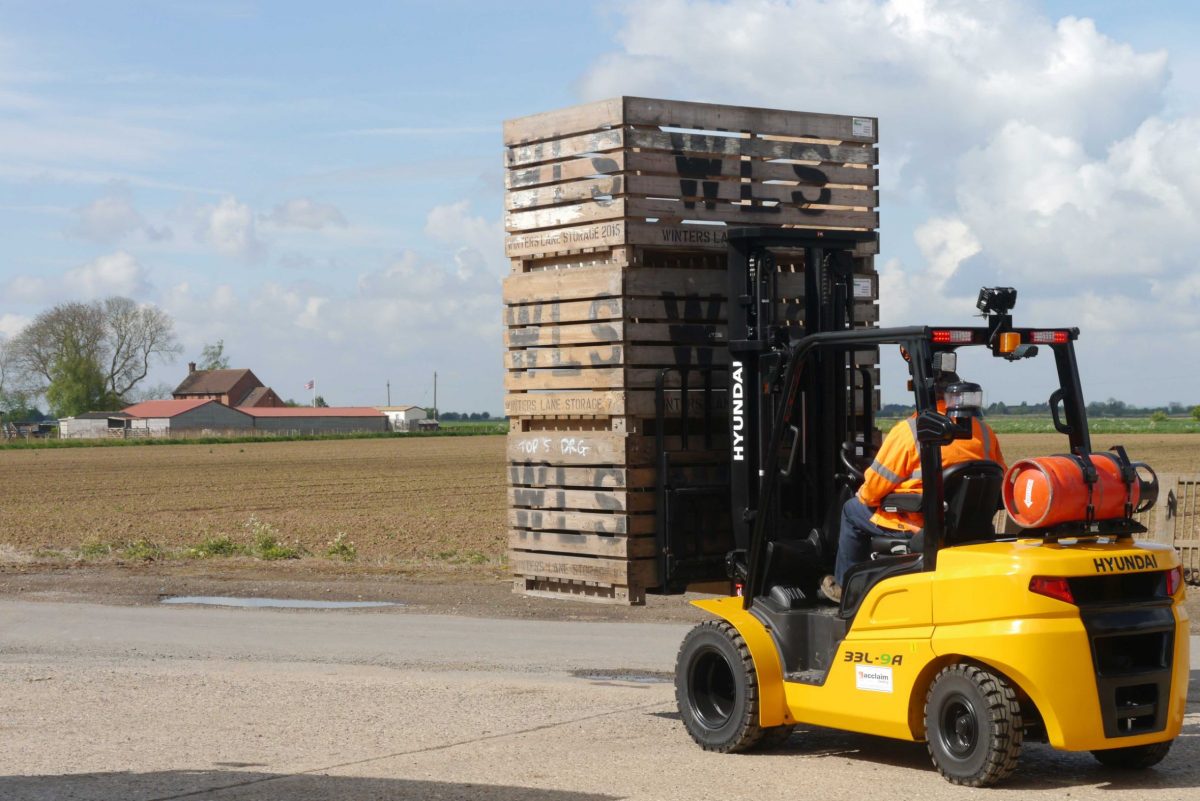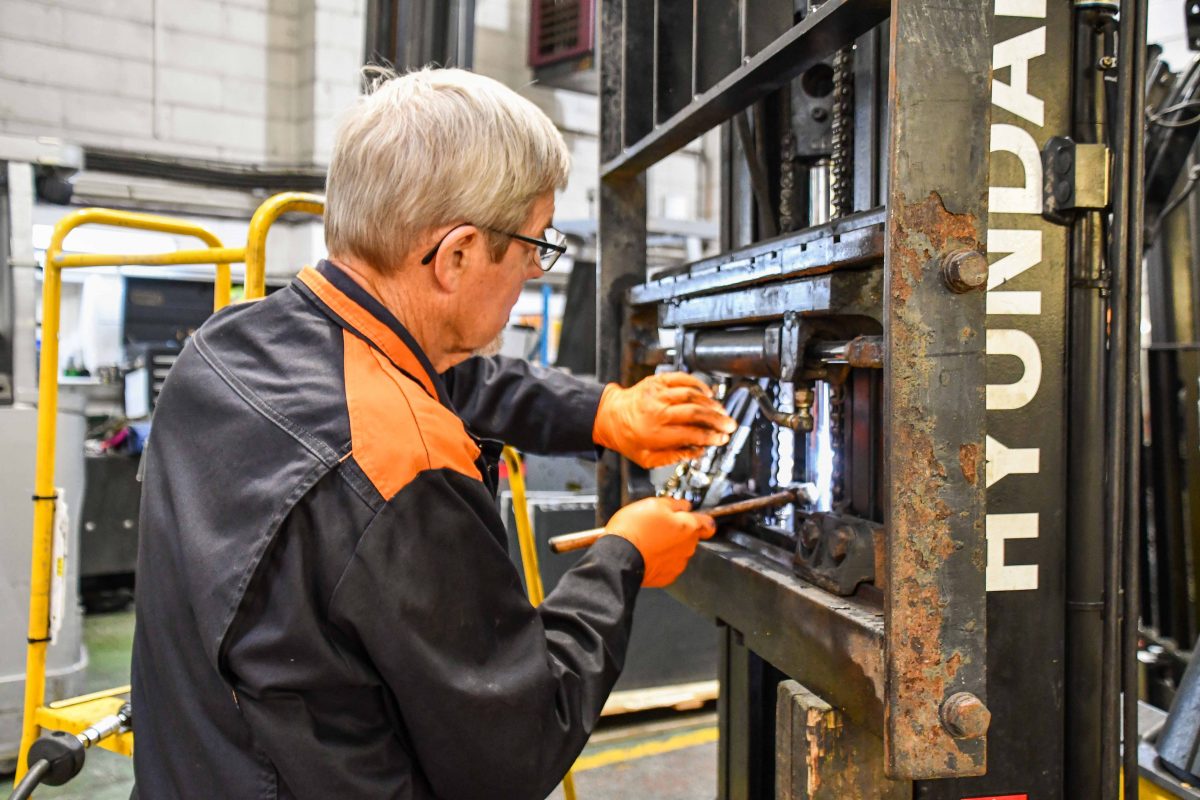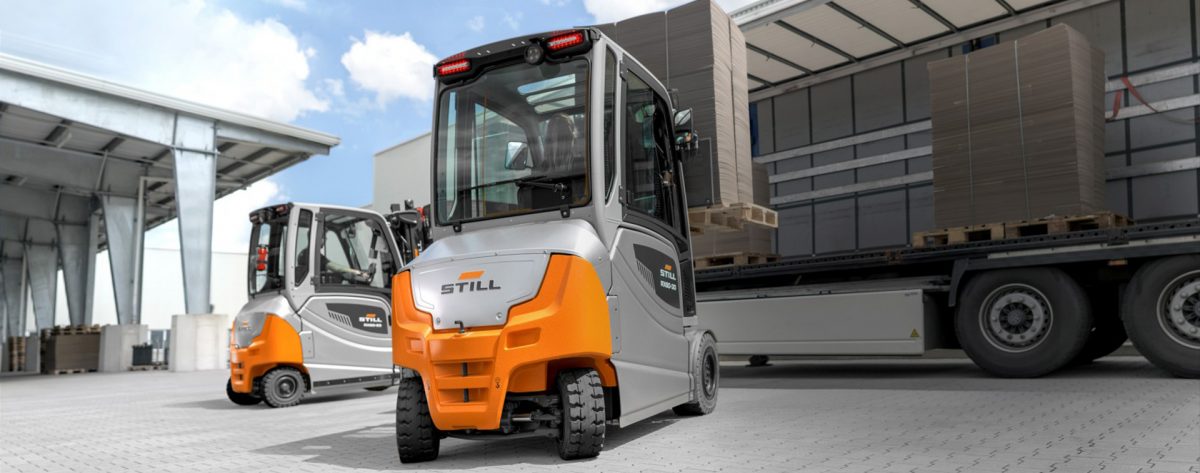A Guide to Fork Safety
Ensuring that all of your equipment and machinery is in working order is vitally important so that you can improve safety conditions for yourself and your employees, as well as prevent potential accidents from happening. The OSHA regulations require daily pre-work inspections of your forklift trucks. Before operating a forklift, you should perform a series of checks to make sure it is in tip top condition. With the engine/motor off, check the condition (and pressure where applicable) of the tires, it is also important to inspect the oil levels to see if the engine is leaking or burning oil. The condition of the battery should also be noted to make sure it is replaced when necessary. Once the visual check is finished, ensure that all the safety information and manuals can easily be accessed by the operator and also ensure that there is enough room for the forklift to be driven safely with nothing blocking its immediate path. After turning the engine/motor on, you should listen out for any unusual sounds coming from the machine, if there is anything that doesn’t sound right it should be addressed immediately to prevent any potential problems escalating. You should also check the brakes, steering and gauges before driving the forklift. Other items to be included in the visual inspections are the forks, anchor pins of the lifting chains, and the hydraulic hoses. If any appear to be worn down or loose this should also be escalated immediately.
Doing these checks regularly will greatly help to reduce risks to both you, your employees and your machinery.
We have designed a checklist of the above contents for you to print off and use, and can be downloaded by clicking here. it is also shown below:
Daily Pre-use inspection of Forklift
Engine off checks
Make sure to check these things visually while the engine is turned off.
- Tyres (condition and pressure)
- Leaks (fuel, hydraulic oil, engine oil, radiator coolant)
- Oil Level
- Battery
Is the forklift ready to drive?
- Does it have a data plate attached? (with the model, serial number and attachment information)
- Are the safety stickers all in place and legible?
- Is there anything obstructing the immediate path of the forklift (either on the floor or overhead)
Engine Checks
- Any unusual sounds when the engine is running
- Brakes
- Steering
- Gauges
What should a forklift operator check during the visual Pre-use check?
- Floor (clear of objects, nothing obstructing the pedals)
- Overhead (no obstructions that could interfere with safe forklift usage)
- Nearby objects to avoid (anything in the path of the forklift)
- Fire extinguisher (present and full)
- Fluid Levels (Fuel level, Engine oil level, Radiator water level)
- Secure (bolts, nuts, guards, chains, hose reels, any missing or loose?)
- Wheels and tyres (check for damage, wear and air pressure if applicable)
- Forks (forks bent, cracked, broken or badly worn?)
- Chain anchor pins (worn, loose or bent?)
- Fluid leaks, (any damp spots under or around the forklift?)
- Hoses (securely in place, not loose crimped or worn?)
- Horn (Loud and clear?)
- Seatbelt (held in securely?)
- Overhead guard (any damage, kinks, cracks or dents?)
- Battery (Fully charged, no exposed wires, connections not loose worn or dirty, not leaking, and securely in place)
What should a forklift operator check during the operational pre-use check?
- Foot brake
- Parking Brake
- Lifting mechanism
- Deadman seat brake
- Clutch and gearshift
- Dash control Panel
- Steering
- Cylinders and hoses
- Listen for any unusual sounds or noises.
